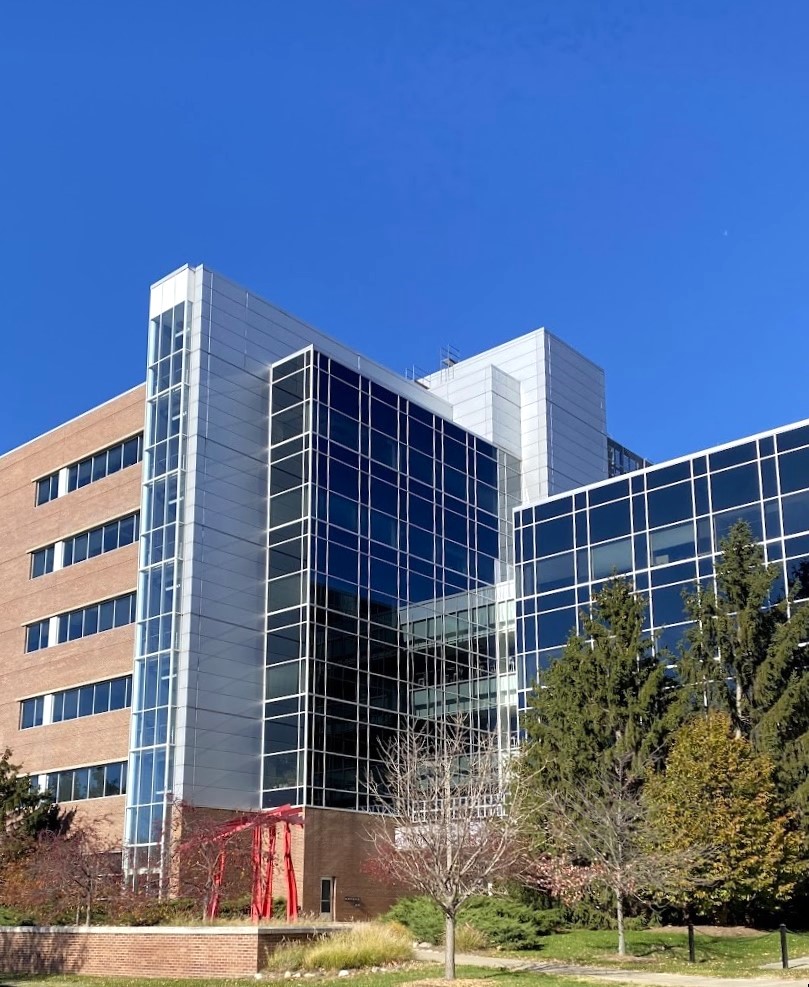About MGI
Victor DiRita, Ph.D., Rudolph Hugh Endowed Chair & Chair

Our department is at the forefront of the new and exciting discoveries being made in microbial ecology, microbial pathogenesis, genetics, virology, genomics, immunology and cancer. In this website you will find descriptions of faculty research, training programs for undergraduate and graduate students, and the outreach functions that the department provides as part of the mission of Michigan State University.
The department is one of the largest and oldest microbiology departments in the country. The department is home to over 60 faculty members (full and joint appointments), almost 400 undergraduate majors, about 50 graduate students, 20 research associates and postdoctoral fellows, and 23 staff members. The department is unique in that we serve three medical colleges (Osteopathic Medicine, Human Medicine, and Veterinary Medicine), College of Natural Science, AgBioResearch, and other units on campus. We are the only Microbiology, Genetics, & Immunology department at Michigan State University, but there are additional microbiologists and immunologists scattered in various MSU departments.
The department houses or is closely affiliated with a number of other units both on
and off campus. These include the Center for Microbial Ecology, the Ribosomal Database
Program, the center for Microbial Pathogenesis, the Kellogg Biological Station LTER,
the Cell and Molecular Biology Program, the Genetics Program, and the Van Andel Research
Institute in Grand Rapids, Michigan.
Our faculty members have a broad range of expertise in Microbiology, Genetics, & Immunology
covering many topics. As a brief example these areas include the ecology of soil bacteria
involved in bioremediation, the interactions of hosts and pathogens, the evolution
of bacterial populations, the annotation of whole genomes from bacteria to vertebrates,
cell cycle regulation in breast cancer and immune responses.

Most of the faculty members are housed in the Biomedical Physical Sciences Building. The BPS Building is the largest academic facility on campus and is linked by skyways and underground passages to the Chemistry and Biochemistry Buildings, and it is across the street from the Plant Biology and Crop and Soil Science Buildings.
This department prepares undergraduates for a wide variety of career opportunities including advanced study programs, such as medical school or graduate school, or a diverse array of infection and contamination related jobs in the pharmaceutical industry, the government or in universities. We train graduate students to go on to teaching and/or research careers in universities, government or industry.
I think that you will find microbiology to be a vibrant and exciting field with many applications in the modern world. Please contact us for more detailed information about entrance requirements, scholarships and fellowships, graduate assistantships, and related matters.
Research within the department falls under four focus fields:
- Microbial Ecology & Evolution
- Microbial Biology, Symbiosis, & Pathogenicity
- Virology, Immunology & Cell Biology
- Genomics & Genetics
The department is closely affiliated with the following partners:
- The BEACON Center for Evolution in Action; NSF Center
- The Institute for Biodiversity, Ecology, Evolution, and Macrosystems (IBEEM)
- The NIH International Center of Excellence in Malaria Research (ICEMR)
- Center for Microbial Ecology (CME)
- Center for Microbial Pathogenesis
- Ribosomal Database Project
- STEC Center: A Reference Center to Facilitate the Study of Shiga Toxin-Producing Escherichia coli
- USDA Poultry Genome Project